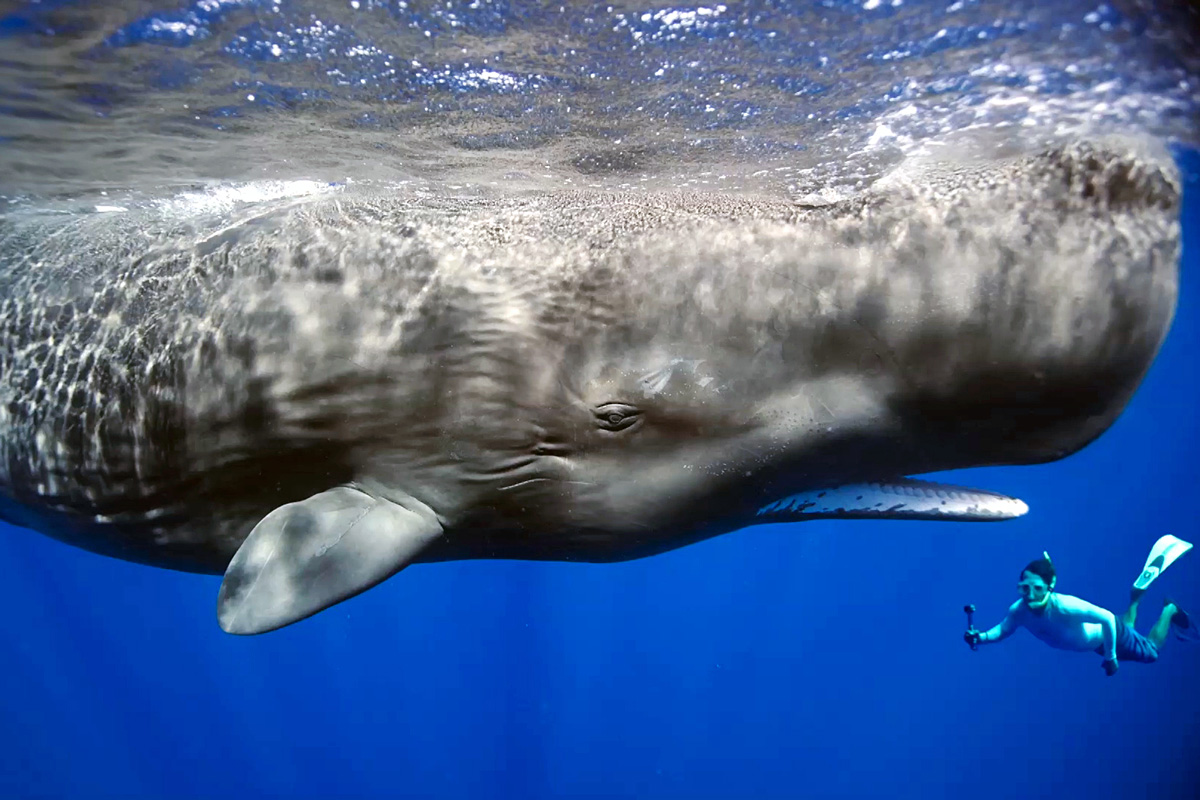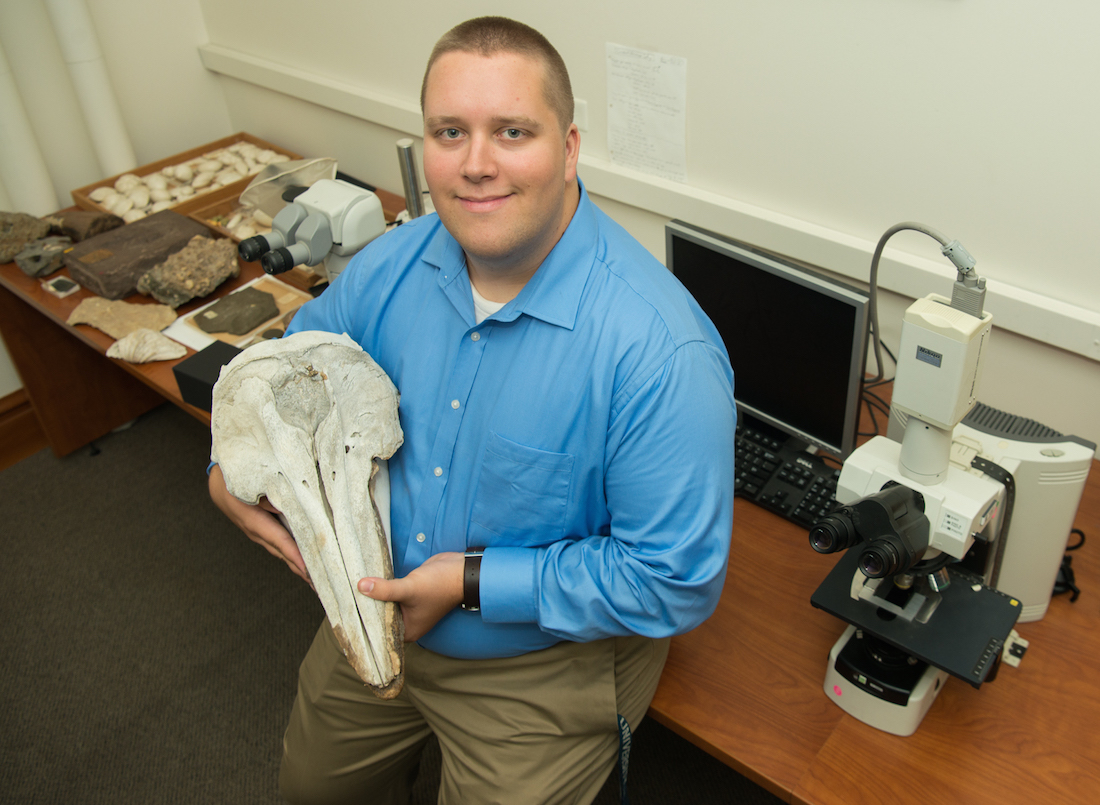Why Aren't There Any Supersize Whales?

Whales are giant beasts, but why aren't even larger, supersize whales swimming around?
The answer has to do with food, according to a new study that found that it would be basically impossible for an ocean-bound creature to eat enough food to support a body bigger than a whale.
"At a certain point, you just can't eat enough food, no matter how much there is, to sustain the largest sizes," study lead research Will Gearty, a doctoral student in geological sciences at Stanford University, told Live Science. [Whale Album: Giants of the Deep]
Gearty and his colleagues were looking at how body size changed as land mammals evolved into water creatures. This didn't just happen to whales and dolphins, which are related to hippos and other hoofed animals, but also to seals and sea lions, which are relatives of dogs, and to manatees, which share ancestry with elephants, the researchers said.
So why are marine mammals, in general, larger than their terrestrial relatives? Previously, many scientists suspected that the water relieved marine animals from some of the pressures of gravity, "which makes it hard to walk when you are large," Gearty said. Moreover, a large body size "restricts how far you can roam and how much food you can eat," he said. "Once you're in the water, the idea goes, you should be able to get as big as you want, with no constraints."
But contrary to these ideas, the researchers found that mammal growth is actually more constricted in water than on land. In fact, land mammals have a larger range of sizes than mammals in the ocean, the researchers found.
Once land mammals enter the water, they often evolve into much larger beasts, the researchers found. This likely happens because the surrounding water is colder than the mammals' body temperature.
Sign up for the Live Science daily newsletter now
Get the world’s most fascinating discoveries delivered straight to your inbox.
"When you're very small, you lose heat back into the water so fast, there's no way to eat enough food to keep up," study co-researcher Jonathan Payne, a professor of geological sciences at Stanford University, said in a statement.

To stay warm and also have enough energy to hunt and reproduce, marine mammals needed to grow to large sizes "so that they can produce more energy in their bodies," Gearty said. That's because small animals have more surface area than volume, and heat is lost through surface area. But when an animal grows larger, meaning it has more volume, it's volume-to-surface area ratio is smaller, so it will stay toastier. In other words, bigger animals are typically hotter than smaller animals.
But these mammals can't completely supersize themselves because as they get larger, their metabolism increases, and it's challenging to eat the food needed to sustain such a giant body, although baleen whales are the exception.
"That is, unless you can figure out a different way to eat, like baleen whales, where you swallow entire schools of krill at once," Gearty said. "This hyper-efficient feeding seems to allow you to exceed this maximum constraint and achieve even larger sizes outside of our model."
How they did it
The researchers made the finding by looking at the body masses of more than 3,800 living and nearly 3,000 fossil mammal species. Their analyses showed that after land animals adapt to the water, they undergo vast growth spurts, usually growing until they reach about 1,000 lbs. (500 kilograms). [In Photos: Tracking Humpback Whales]
However, getting big is advantageous only to a point because of the aforementioned food barrier. In addition, not all animals maintain a 1,000-lb. mass, which is good because then they might all occupy the same niche, Gearty said.
"Instead, they spread out across the range of possible sizes, with sperm whales evolving to sizes where they need to eat a lot, but don't need to worry about many predators, and small seals evolving to the smallest sizes where they don't need to eat as much, but are potentially more vulnerable to predators," Gearty said.
Curiously, otters are an exception to the model, as they didn't get huge once they evolved to have a semi-aquatic lifestyle. Perhaps otters stayed small because they still partly live on land, Gearty said.
The study was published online today (March 26) in the journal Proceedings of the National Academy of Sciences.
Original article on Live Science.

Laura is the archaeology and Life's Little Mysteries editor at Live Science. She also reports on general science, including paleontology. Her work has appeared in The New York Times, Scholastic, Popular Science and Spectrum, a site on autism research. She has won multiple awards from the Society of Professional Journalists and the Washington Newspaper Publishers Association for her reporting at a weekly newspaper near Seattle. Laura holds a bachelor's degree in English literature and psychology from Washington University in St. Louis and a master's degree in science writing from NYU.









